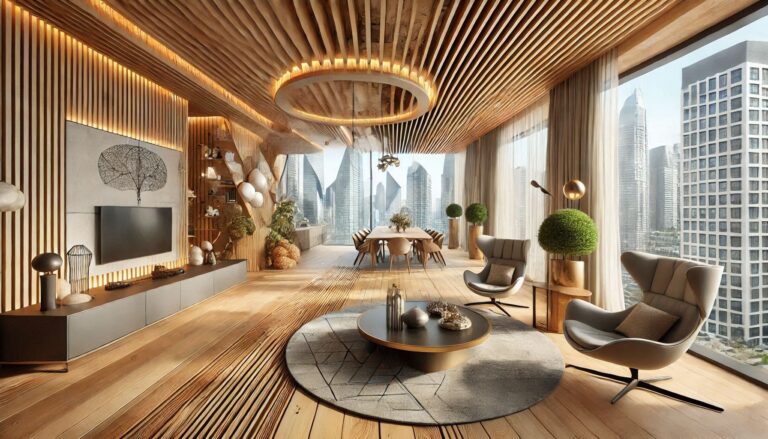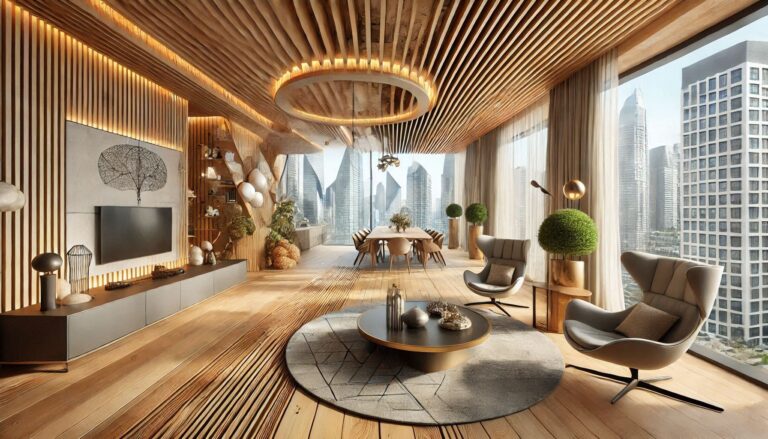Architectural Visualization: The Impact of VR & AR

Architectural visualization has undergone a dramatic transformation in recent years, thanks to the advent of Virtual Reality (VR) and Augmented Reality (AR). These technologies have revolutionized how architects, designers & clients experience and interact with design concepts. Here’s how VR and AR are changing the game in architectural visualization:
1. Immersive Design Experiences with Virtual Reality (VR)
Virtual Reality allows architects to create fully immersive environments that clients can explore in real-time. With VR headsets, clients can “walk through” a building or space before construction begins, gaining a true sense of scale, layout, and design. This enables architects to make real-time adjustments based on feedback, improving communication and ensuring that the final design meets the client’s vision.
2. Augmented Reality for On-Site Visualization
While VR offers a completely virtual experience, AR enhances the physical world by overlaying digital elements onto it. Architects can use AR to visualize building plans directly on construction sites, allowing clients and contractors to see how proposed designs will look in the real world. This is particularly helpful for understanding complex designs and visualizing changes in existing spaces without the need for expensive mock-ups or physical prototypes.
3. Real-Time Design Iteration
One of the most significant benefits of VR and AR is the ability to make real-time adjustments. With traditional design methods, changes often require costly revisions and delays. However, in a VR environment, architects can quickly alter layouts, materials, or textures and immediately see how those changes affect the design. This flexibility allows for more dynamic and efficient design processes.
4. Collaboration and Client Engagement
VR and AR are also enhancing collaboration between architects, designers, and clients. Rather than relying on static 2D renderings, architects can now bring designs to life in 3D, enabling clients to better understand and engage with the project. This also allows for more effective communication, as clients can experience the space firsthand and offer feedback based on their actual experience, not just visual representations.
5. Cost Efficiency and Risk Reduction
By using VR and AR, architects can minimize the risks associated with design errors and reduce costly mistakes during construction. Virtual walkthroughs allow designers to spot potential issues before the building process begins, saving both time and money. Additionally, these technologies help streamline the approval process by giving stakeholders a clearer understanding of the design.
6. Future of VR and AR in Architecture
Looking ahead, VR and AR will only continue to evolve. The use of haptic feedback, which allows users to “feel” the environment, and the integration of AI to simulate environmental factors such as lighting and acoustics, will further enhance the design experience. As these technologies become more accessible, architectural visualization will become a standard part of the design and construction process.
Conclusion
VR and AR are reshaping architectural visualization by providing immersive, interactive, and highly customizable design experiences. These technologies are improving collaboration, reducing risks, and helping architects create better, more efficient designs that align with client expectations.






